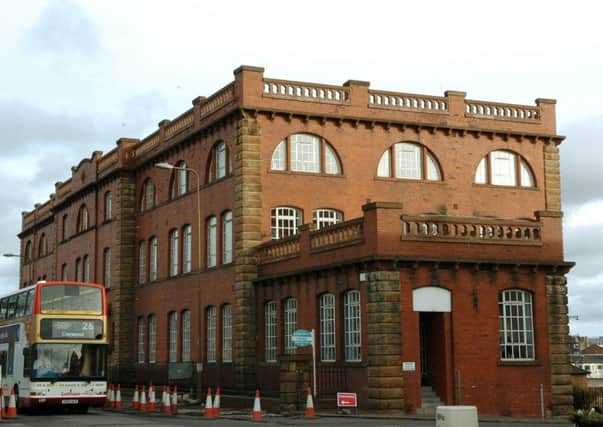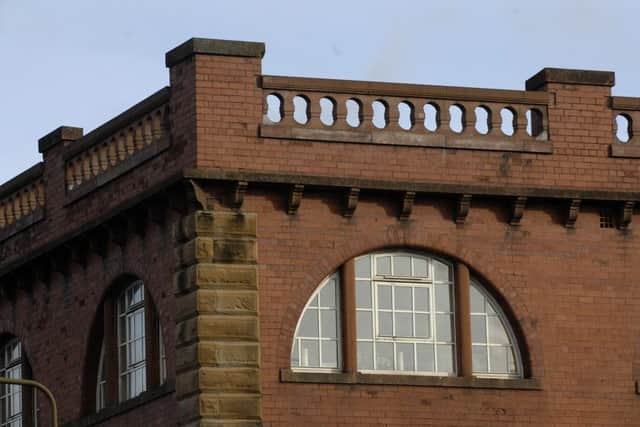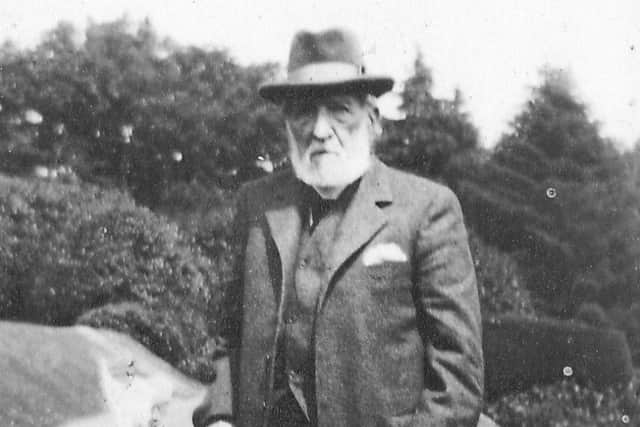When the army took over Charles' Portobello chocolate factory
This article contains affiliate links. We may earn a small commission on items purchased through this article, but that does not affect our editorial judgement.


Originally hailing from Braunschweig in Germany, Karl Wilhelm (Charles William) Schulze had lived in Scotland for decades before opting to open a purpose-built Continental Chocolate factory on Inchview Terrace in Edinburgh’s Portobello. The production of luxury Belgian and German chocolates was a Scottish first.
Constructed in 1906, the factory, with its distinctive red brick facade, was a fresh look for a district which, up until that point, was populated by Victorian tenements and quaint Georgian cottages.
Advertisement
Hide AdAdvertisement
Hide AdToo elderly to run the factory himself, Charles Schulze senior put up the money for the venture, while the day-to-day running was overseen by this three Scottish-born sons; Charles, Hugh and William. The family lived in Galashiels and two of the sons (Charles and Hugh) moved to residences close to the factory.


A small army of skilled workers, mostly women, were brought over from Germany to produce the chocolate. Full production did not get underway until 1911.
However, even before the building’s cement was allowed to set, rumours began to circulate among locals that the Schulze family’s new business venture might just have a more sinister purpose.
The building’s interior was built using large amounts of steel and reinforced concrete, and many local residents began to make up all manner of wild stories. With German-British relations at an all-time low as war broke out in 1914, this speculation began to spiral out of control. Local Portobello historian Archie Foley sets the scene: “There was this insane, nationwide hysteria. The state was worried about German agents and spies, and the building attracted a lot of negative attention because of its reinforced foundations.


“The factory was one of the first half-dozen reinforced concrete multi-storied structures erected in Scotland and the only one designed by the architectural pioneer E P Wells. The floors and roof are of concrete and ferro-concrete and there is no wood used in the construction.
“This led to all sorts of fanciful stories. People thought the strengthened floors must be to bear the weight of guns capable of threatening Leith Docks or the naval base at Rosyth.”
In reality, the building’s strength was a practical necessity. The factory’s foundations had to be strengthened to prevent subsidence, as the land beneath was comprised of weak silt, and the floors also needed to be strong enough for the heavy machinery used to manufacture the produce.
Advertisement
Hide AdAdvertisement
Hide AdThere were also concerns over the building’s location as it stood at the head of prominent road close to a major railway line. Again, there was a logical reason behind this:


“The Schulze family were from Galashiels, and the proximity of the railway would have been very convenient for them,” says Archie Foley.
None of this mattered to the authorities, who were keen to identify and eliminate all perceived threats to the state. Up and down the UK, German aliens were rounded up and their businesses seized. Those of military age faced arrest, while Germans over the age of 45 were deported.
On 19 October 1914, The Scotsman reported that a German-run chocolate factory in Edinburgh was under suspicion, and that police had carried out a thorough inspection of the premises lasting several hours. The report made mention of the building’s “solid concrete foundation of great stability”, and the fact it occupied a site of “strategic importance by the side of the Firth of Forth”. It was also noted that most of the skilled workers in the factory were Germans.


Two weeks later, the building was commandeered by the military under the terms of the Defence of the Realm Act and its workers expelled.
Charles senior made a last ditch attempt to obtain naturalisation but was refused by the Home Office, as they were no longer accepting German-born applicants. He had lived in Scotland for over 50 years, but was now classified as a “German alien enemy”, and would be required to report to Galashiels police station on a regular basis for the duration of the war. As a wealthy businessman and landowner in Galashiels, if he had applied for citizenship before the war, he would almost certainly have been approved.
Most tragically of all, Charles’ three Scottish-born sons were enlisted to fight overseas for the British armed forces. Only one of them would return home.
Advertisement
Hide AdAdvertisement
Hide AdCharles William Schulze’s Continental Chocolate Factory served as a billet for troops for the rest of the war and would never operate for its original use ever again. In 1922 the former chocolate factory was converted to become the W.M. Ramsay Technical Institute, but is now used as apartments. The building still bears the school’s name on its facade.
The building is now Category A listed structure and remains a vital Portobello landmark to this day.
And, according to Archie Foley, it should be standing for quite while yet: “It’s so well built that I think it will outlast every other building in the area. It will last at least another one hundred years”
DOWNLOAD THE EDINBURGH EVENING NEWS APP ON ITUNES OR GOOGLE PLAY